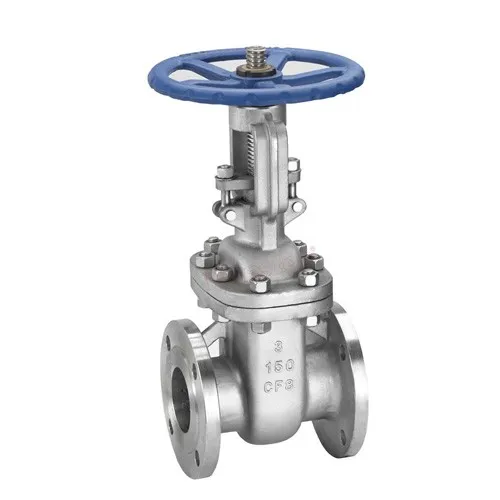Types of Flanges Commonly Utilized in Pressure Vessel Applications
Types of Flanges Used in Pressure Vessels
Pressure vessels play a crucial role in various industries, including chemical, oil and gas, and power generation. These vessels are designed to hold fluids at high pressures and temperatures, making the choice of materials and components critical for safety and efficiency. One of the most vital components of pressure vessels is the flange. Flanges are mechanical components used to connect pipes, valves, or other equipment within a pressure vessel. Understanding the types of flanges used in pressure vessels is essential for ensuring structural integrity and leak prevention.
1. Weld Neck Flange
Weld neck flanges are commonly used in pressure vessels due to their strong, welded connections. They feature a long neck that gradually tapers to the flange's base, providing structural support and managing stresses in high-pressure applications. The long neck allows for a smooth flow of fluid, which reduces turbulence and erosion at the joint. This type of flange is typically welded to the vessel or piping, making it ideal for high-temperature and high-pressure applications. Weld neck flanges are usually made from carbon steel, stainless steel, or alloys, depending on the service conditions.
Slip-on flanges are another popular choice in pressure vessels. These flanges are designed to slip over the end of a pipe, permitting easy alignment and installation. Once positioned, the flange is welded both at the top and the bottom to secure it in place. Slip-on flanges are known for their ease of installation and cost-effectiveness. However, they are generally not as strong as weld neck flanges and are best suited for low to medium pressure applications. Their versatility makes them suitable for various industries, from water treatment to food processing.
3. Blind Flange
types of flanges used in pressure vessels

Blind flanges are used to seal the end of a pipe, effectively blocking flow. They are essential in scenarios where a segment of piping needs to be temporarily or permanently closed off. Blind flanges can withstand high pressures and are crucial for maintenance operations, allowing for isolation of sections of the piping system. These flanges can be made from various materials, including carbon steel and stainless steel, depending on the operational requirements. Their adaptability and reliability make them a staple in pressure vessel design.
4. Threaded Flange
Threaded flanges have internal threads that allow them to be screwed onto the corresponding threaded pipe. This feature eliminates the need for welding, making them ideal for low-pressure applications or situations where welding is not feasible. Threaded flanges are generally used in smaller sizes and are suitable for chemical and petroleum applications. While they are easier to install, they are limited to lower pressure applications due to the weaker nature of the threaded connection.
5. Socket Weld Flange
Socket weld flanges are a hybrid type, combining features of both slip-on and weld neck designs. These flanges have a socket in which the pipe is inserted before being welded around the joint. This design offers a greater strength than slip-on flanges while maintaining ease of installation. Socket weld flanges are typically used for small diameter pipes in high-pressure applications due to their robust construction.
Conclusion
Choosing the appropriate flange for a pressure vessel is critical for ensuring safety and functionality. Factors such as pressure ratings, temperature, and the medium being transported will influence the selection process. Understanding the various types of flanges and their respective applications not only aids in the design and maintenance of pressure vessels but also contributes to overall operational efficiency and safety in industrial applications. As industries continue to evolve, the importance of selecting the right flanges for pressure vessel integrity remains paramount.
-
The Key to Fluid Control: Exploring the Advantages of Ball Valves in Industrial SystemsNewsJul.09,2025
-
The Versatile World of 1, 2, and 3 Piece Ball ValvesNewsJul.09,2025
-
Stainless Steel Ball Valves: The Ideal Choice for Efficient Flow ControlNewsJul.09,2025
-
Optimizing Fluid Control with Ball Float ValvesNewsJul.09,2025
-
Manual Gate Valves: Essential for Control and EfficiencyNewsJul.09,2025
-
Everything You Need to Know About Butterfly ValvesNewsJul.09,2025
-
The Versatility of Wafer Type Butterfly ValvesNewsJul.08,2025




